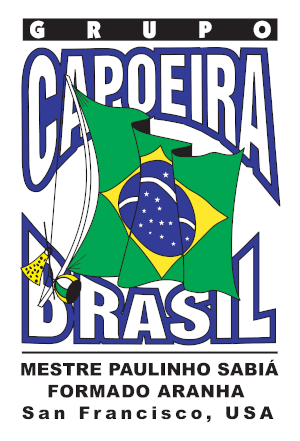Capoeira has grown tremendously over the last fifty years. It has finally been accepted by the masses in Brasil. In 1974 it was recognized as the national sport of Brazil. How is Capoeira practiced today? It usually starts with musicians playing instruments such as the berimbau (one string, bow type instrument), atabaque (congo), pandeiro (tambourine), and agogo (bell). The musicians are based at the foot of the circle of participants (roda). Playing and singing songs in Portuguese. Players enter the game from the foot of the circle, usually with a cartwheel (au). Once in the circle, the two players interact with a series of jumps, kicks, flips, hand and headstands and other ritualistic moves. Games can be friendly or dangerous. The music plays a big part in the feel of the game. The type of game to be played (fast or slow, friendly or tough) depends upon the rhythm being played and the content of the lyrics.
Capoeira has expanded beyond the borders of Brasil and is growing rapidly in other countries (including the United States). Capoeira holds appeal for many for a range of different reasons. First of all the pure beauty of the art is hypnotic. Capoeira is a dance and a fight. It’s not only a combination of gymnastics, dance and martial arts but also a celebration of music, culture, and history. The capoeirista must learn to balance the physical with the mental. The capoeirista must play many instruments and sing. The capoeirista is a historian. The capoeirista is all of these.

